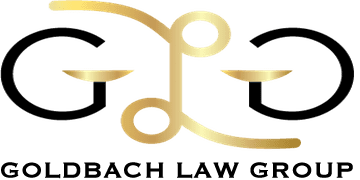Insolvency is the state of being when a person, family or company is behind on bills and is unable to pay their lenders back on time. There are two primary types of insolvency: cash flow and balance sheet.
In cash flow insolvency, a debtor lacks the ability to pay their debts on time. Balance sheet insolvency, on the other hand, involves having negative assets, essentially when a debtor’s liabilities exceed their assets. For individual debtors, insolvency occurs because their incomes are too low for them to pay off their debts. One of the most common solutions for insolvency is bankruptcy. However, insolvency is not the same as bankruptcy.
Insolvency and bankruptcy are closely related financial terms. Insolvency is a state of economic distress, whereas bankruptcy is a court order that defines how an insolvent debtor will meet his or her obligations allowing them to be able to pay their creditors in full and on time. An individual or company can be insolvent without being bankrupt especially if the insolvency is temporary and correctable. Insolvency may lead to bankruptcy if the debtors are unable to successfully pay their creditors in full. You should be aware that you may request for an insolvency order as part of your request for personal bankruptcy protection.
In most jurisdictions, an insolvency order temporarily inhibits any attempts at debt collection by bill collectors. On the other hand, a creditor can demand that an insolvency order to be issued against you as a debtor, if there is reason to believe that you can repay all or part of your debts.
If you are struggling with your bills and are considering filing bankruptcy to allow you a fresh financial start, contact an experienced bankruptcy attorney today! Filing bankruptcy is a way for you to end the responsibilities you may have to pay outstanding debts.

